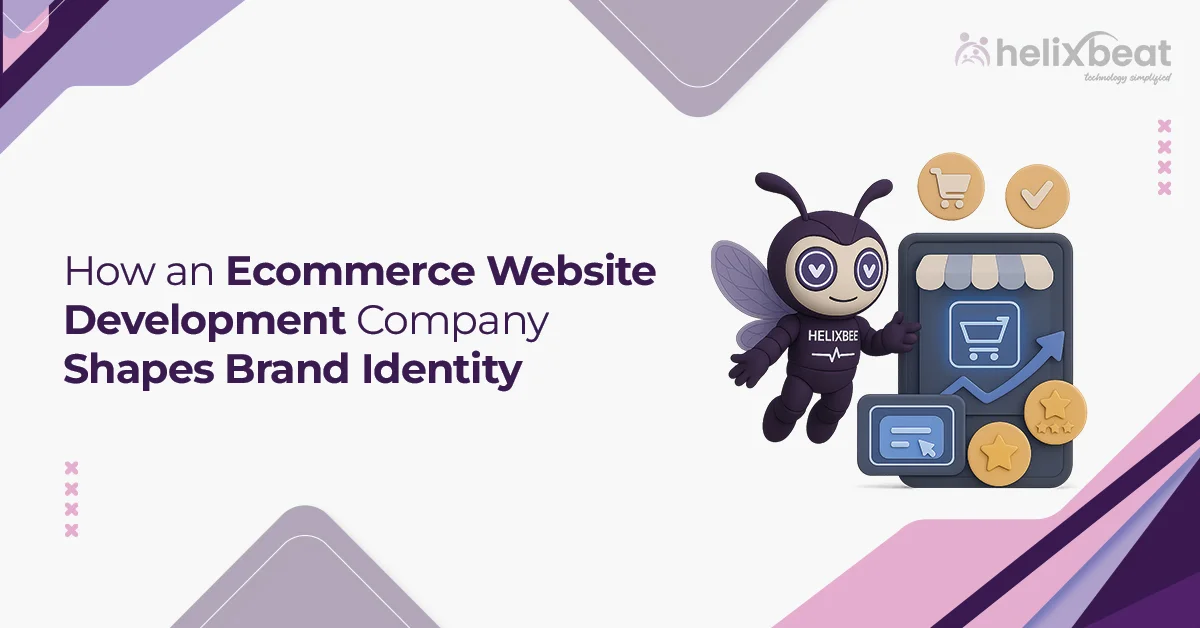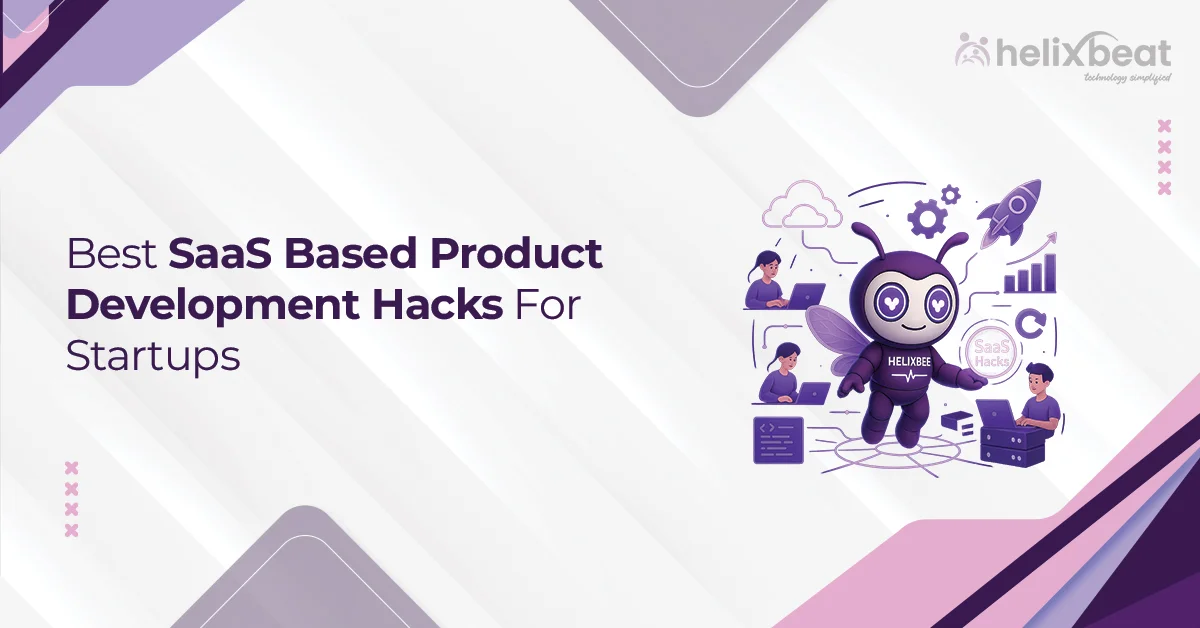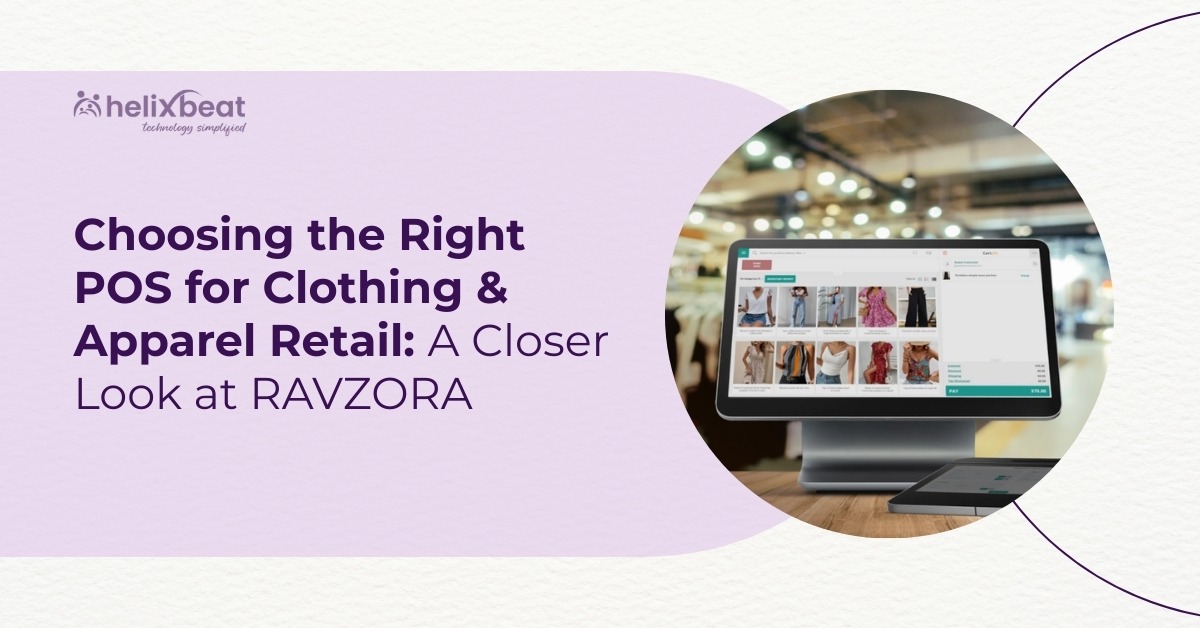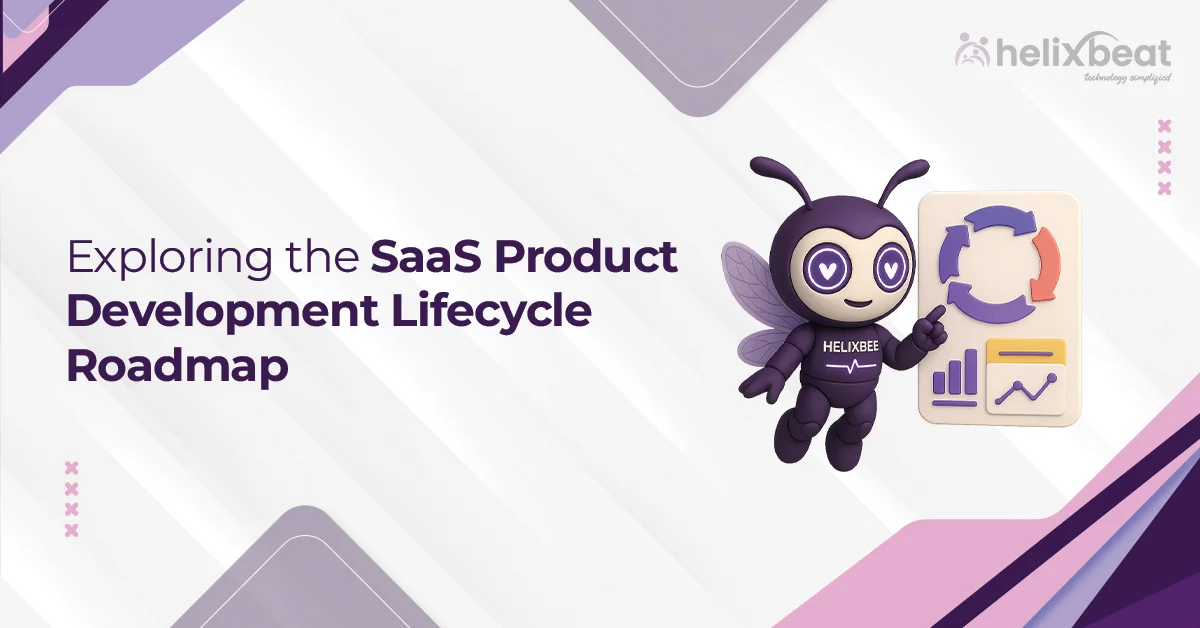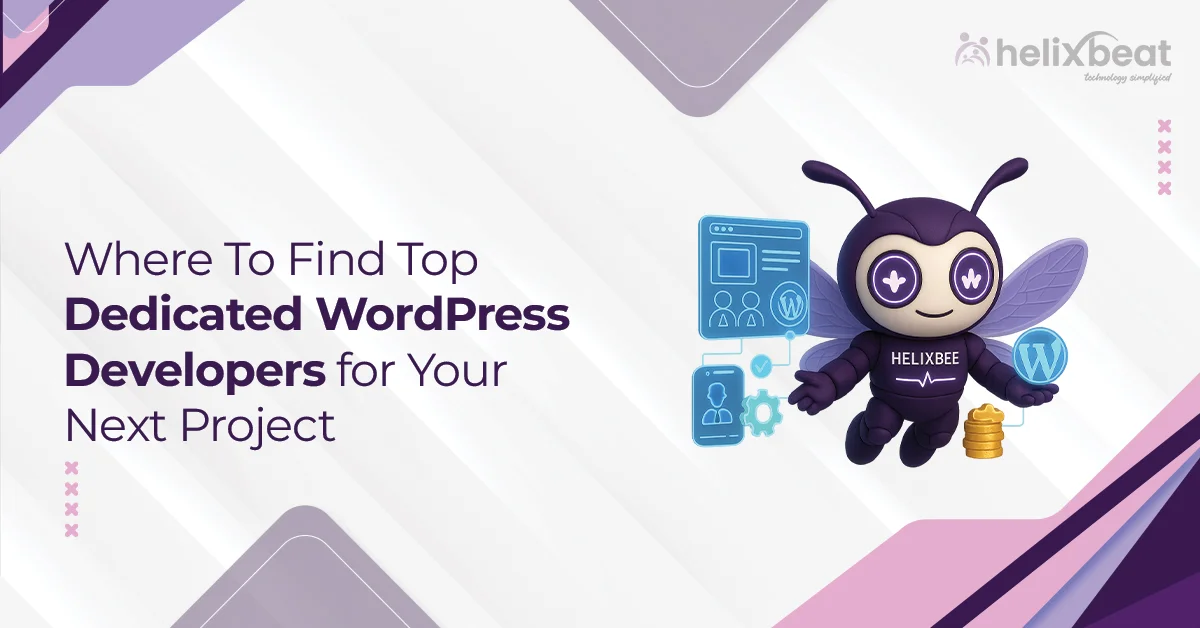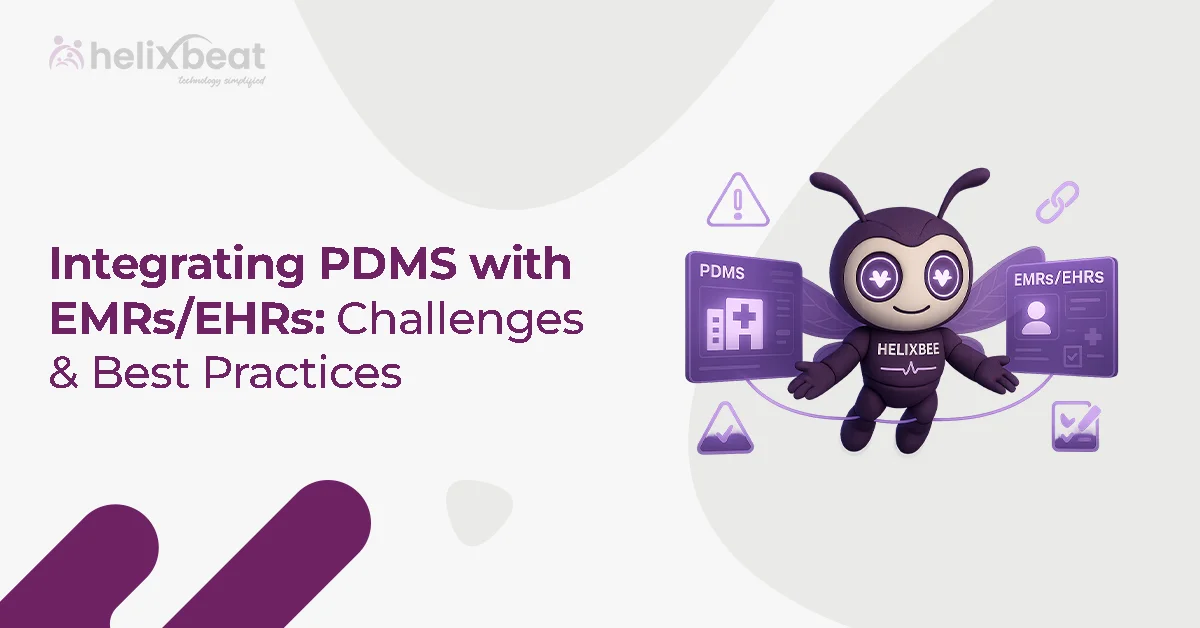You can build a great SaaS product, but if it doesn’t solve a real problem for your users, it won’t succeed. In fact, 34 out of every 100 SaaS products fail because they never find the right product-market fit, it means users don’t find enough value in them to keep using or paying for them.
This isn’t about poor design or bad tech. Most failed products are built well. The real issue is building something people don’t truly need.
That’s where SaaS product development services make all the difference. A trusted SaaS product development company doesn’t just write code, they guide you through research, MVP planning, user feedback loops, and smart scaling. They help you focus on building what users actually need, not just what sounds good on paper.
Let’s see why SaaS products fail and how to overcome them.

Table of Contents
Overview of SaaS Product Failure
Many SaaS products fail not because of poor execution, but because they’re built without truly understanding the user’s problem. Founders often rush into development without validating their ideas or testing assumptions.
This results in products packed with features that look good but don’t solve real issues for real users. Even with strong engineering, funding, and UI/UX, a product can quickly fall apart if it lacks direction grounded in market needs. Experts in SaaS product development stress that failure typically stems from skipping early-stage validation, ignoring user feedback, and building too much too soon.
Without a lean MVP, structured user testing, and ongoing iteration, the product risks high churn, poor retention, and zero market traction. To build something that succeeds, the focus must shift from building fast to building smart, guided by real user data and a clear product-market fit strategy.
Challenges in Launching a New Product
- Lack of Market Need: Many SaaS founders build based on assumptions rather than real-world problems. Without validating whether users actually need the solution, the product often ends up solving a low-priority issue. 42% of startups fail due to lack of market need.
- Poor Product-Market Fit : Even if the product is functional, it may not align with what the market wants. When startups skip proper user interviews and feedback cycles, they risk building something users won’t pay for or adopt long-term. 80% of SaaS founders say poor product-market fit was the main reason their MVP failed.
- Overcomplicated MVPs: Founders often try to launch a “complete” product with too many features. This delays feedback, increases cost, and often misses the core problem users care about most. Y Combinator recommends launching within 90 days, but most SaaS startups exceed this timeline, leading to wasted development cycles and slower market entry.
- Weak Customer Onboarding : Even when the product is good, users may drop off early if they don’t understand how to use it. Poor onboarding experiences lead to low engagement, fast churn, and missed conversions. 55% of users say they’ve returned or stopped using a product because they didn’t understand how to use it.
- Scalability Issues in Tech Stack: Choosing the wrong architecture or tech stack early can lead to significant roadblocks later. When a product grows, poor foundational choices result in bugs, performance lags, or expensive rewrites. Up to 25% of SaaS rework is due to early-stage infrastructure decisions that fail to scale.
Understanding the Average Failure Rate in SaaS
The SaaS industry has a high barrier to long-term success, with studies showing that roughly 90% of SaaS startups fail within the first few years, and 34% specifically fail due to poor product-market fit.
Despite strong technical execution, many products don’t survive because they’re built without validating user needs, solving low-priority problems, or entering oversaturated markets. These numbers underscore the importance of early research, iterative development, and customer alignment in minimizing the risk of failure in SaaS product development.
How to Build SaaS Products That Users Actually Want
1. Start with Problem-Solution Fit Validation
Product-market fit begins by validating that a real, persistent problem exists for a specific user segment. Use Customer Discovery Interviews, Jobs-to-be-Done (JTBD) framework, and Problem Interviews to understand the context in which users face the problem. This step is not about building yet—it’s about confirming that users care enough to seek or pay for a solution. Without problem validation, every feature built is based on guesswork.
2. Build and Test a Lean MVP Around Core Value
Instead of developing a full-featured product, start with a Lean Minimum Viable Product that delivers the core value proposition. Focus on solving one high-impact use case with minimal effort and complexity. This enables rapid feedback cycles and minimizes wasted development. Tools like Figma prototypes, no-code builders, or even simple landing pages can be used to simulate the product experience before writing code.
3. Use Cohort Analysis and Retention Tracking to Measure Early Fit
Product-market fit can’t be measured through vanity metrics like downloads or signups. Instead, use Cohort Analysis to evaluate user behavior over time and Retention Curves to observe how engagement trends evolve. A flat or upward-sloping retention curve across cohorts signals increasing user satisfaction and stickiness. Declining retention, on the other hand, often indicates poor feature relevance or usability friction.
4. Prioritize Features Using Quantitative Frameworks
As you collect feedback, avoid feature overload. Use prioritization models like RICE (Reach, Impact, Confidence, Effort) or the Kano Model to evaluate which improvements to build next. These frameworks help balance user demand, engineering effort, and potential return on investment (ROI). By quantifying decisions, teams stay focused on features that contribute meaningfully to user satisfaction and retention.
5. Create Continuous Customer Feedback Loops
SaaS products should never stop evolving. Set up continuous feedback mechanisms through in-app surveys, session recordings, customer success calls, and product analytics tools like Mixpanel or Amplitude. This feedback loop helps identify friction points and emerging needs, guiding iterative improvements and keeping your product aligned with market expectations.
6. Track Key Metrics That Reflect Market Fit
Once your product is in use, focus on metrics that indicate genuine adoption and value delivery. Key indicators include:
- Net Promoter Score (NPS) – measures user satisfaction and referral intent.
- Activation Rate – tracks how many users reach value within their first session.
- Churn Rate – high churn signals misalignment between value proposition and user expectations.
- Customer Lifetime Value (CLTV) vs Customer Acquisition Cost (CAC) – a sustainable ratio reflects healthy product economics.
These metrics offer tangible evidence of whether users are finding long-term value in your solution.
By following this structured, data-backed approach to SaaS product development, you reduce the risk of building the wrong product and increase the chances of achieving sustainable product-market fit.
5 Tips to Overcome SaaS Product Failure
- Use data to guide decisions: Track user behavior with tools like Mixpanel or Amplitude. Let data—not guesses—decide what to build or fix.
- Start with a simple MVP: Develop a basic version of your product that addresses a key problem. This helps you test faster and avoid wasting time on unwanted features.
- Collect and utilize user feedback regularly by: conducting user interviews, administering surveys, and tracking usage. Use what you learn to improve the product quickly.
- Focus on retaining users, not just acquiring new ones: Enhance onboarding and user experience to encourage people to stay and continue using your product over time.
- Work with a SaaS product development company: Partnering with experts can help you avoid common mistakes, build smarter, and reach product-market fit faster.
Role of AI in SaaS Development
- Improving Personalization and User Experience: AI helps analyze user behavior and preferences to deliver personalized dashboards, recommendations, and in-app guidance, making the product more engaging and relevant.
- Boosting Product Efficiency and Automation: AI automates repetitive tasks like customer support (via chatbots), smart alerts, and predictive analytics, helping SaaS products scale faster while reducing manual work.
Why Helixbeat is the Best Choice for SaaS Development
Helixbeat helps you build SaaS products that succeed—not just launch. With years of experience across sectors like healthcare and fintech, we specialize in turning ideas into scalable, market-fit solutions.
Our team combines lean MVP development, agile methods, and AI-powered features to accelerate your path to growth. From strategy to deployment, we focus on user retention, performance, and long-term value.
Choose Helixbeat to reduce risk, move faster, and build smarter.
FAQ:
1. How to develop a SaaS product?
To develop a SaaS product, start by identifying a real market problem. Validate the idea through user research, then design a lean MVP focused on core value. Choose a scalable tech stack, build using agile development, and integrate analytics for feedback. Test with early users, iterate based on data, and scale with a strong go-to-market strategy.
2. Two examples of SaaS?
Popular examples of SaaS products are:
- Slack – a cloud-based team messaging and collaboration tool.
- Dropbox – an online platform for file storage and sharing.
3. What is SaaS product design?
SaaS product design is the process of creating a user-friendly interface and experience for cloud-based software. It focuses on usability, accessibility, and seamless workflows ensuring users can interact with the product efficiently across devices and use cases.
4. Short note on SaaS Based Product Development
SaaS based product development involves building software that is hosted on the cloud and accessed via a subscription model. It includes stages like market validation, MVP development, scalable backend setup, continuous deployment, and real-time monitoring to deliver a service that evolves with user needs.
5. What do you mean by SaaS product development company?
A SaaS product development company specializes in building cloud-based software products for businesses. These companies offer services such as product strategy, UI/UX design, MVP development, backend architecture, DevOps, analytics integration, and long-term support—helping clients launch, scale, and maintain successful SaaS solutions.



